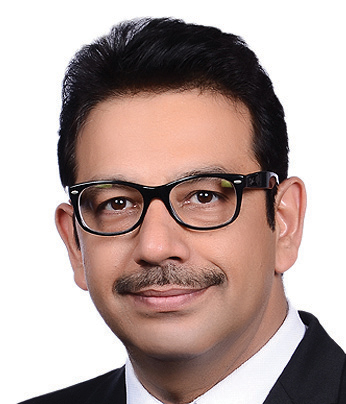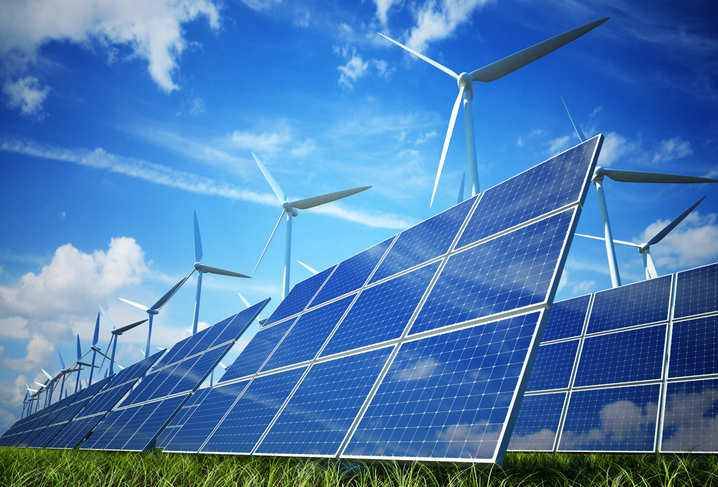
April 21
Railways centralises power scheduling to monitor energy bill
New Delhi, Apr 19 () In a bid to reduce energy bill, Railways today set up a centralised control room here to improve scheduling of power being procured by the public transporter.
Railways has started drawing power as a deemed distribution licensee at a lower tariff in Maharashtra, Madhya Pradesh, Gujarat, Jharkhand and partly in Uttar Pradesh. Railway Energy Management Company Limited (REMCL), a joint venture of the Railways and RITES Limited, has been formed to draw power as deemed distribution licensee in several states.
Inaugurating the control room, Railway Board Member (Electrical) A K Kapoor, said these efforts will go in a long way to change the business as usual mode of availing power in Railways and in due course of time will lead to maximising the benefits on power tariffs. The control room has been setup by REMCL and it will allow scheduling of power close to its actual load requirements.
Railways has further contracted 585 MW power in Odisha, Bihar, Madhya Pradesh, Chhattisgarh, Delhi, Uttar Pradesh, Haryana, Punjab and Rajasthan through op
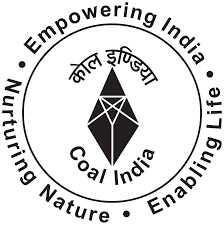
April 26
Coal India forced to change sales tactic
New Delhi: Coal India Ltd, the world’s biggest producer, is seeking to change the way it sells the fuel as sluggish demand adds to stockpiles and cheaper imports threaten its market share.The company needs to “shrug off the years of inertia of monopolistic marketing and switch over to the competitive marketing with alacrity”, chairman Sutirtha Bhattacharya said in a letter to employees posted on the firm’s website. “Marketing of coal will be the decisive factor in defining our performance.”
Kolkata-based Coal India, after years of under performance, faces a surfeit of supply after production outpaced demand. Power plants, its biggest customers, have near-record inventories, adding to the more than 50 million metric tons of stocks at the company’s mines. At the same time, the miner faces the threat of cheaper imports. Thermal coal at Australia’s Newcastle port, considered Asian benchmark, has declined 58% over the past five years.
Coal India, which accounts for more than 80% of the country’s output, must focus on quality and cost reduction to boost its performance, Bhattacharya said in the letter. Price, quality and commitment to customers will be key to the company holding on to its market share, he said.
“We are committed to increasing the ease of doing business with us,” Bhattacharya said by phone. “We are trying to be more re
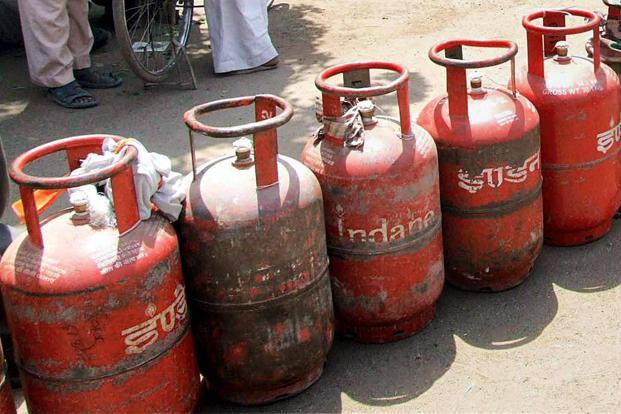
May 02
Non-subsidized LPG, kerosene, jet fuel prices hiked
New Delhi: After petrol and diesel, rates of non-subsidized cooking gas, non-PDS kerosene and aviation turbine fuel (ATF) were on Sunday raised in line with global trends. Petrol price was hiked on Saturday night by Rs.1.06 a litre to Rs.62.19 per litre in Delhi and diesel by Rs.2.94 to Rs.50.95 a litre.
The increase was followed up on Sunday with nearly Rs.3 per litre hike in price of non-PDS kerosene, according to state-owned oil companies. Kerosene sold to non-ration card segment outside the subsidized public distribution system (PDS) will cost Rs.49,109.05 per kilolitre (kl) or Rs.49.1 a litre in Delhi as against Rs.46,172.13 per kl previously.
Simultaneously, the oil firms raised prices of non-subsidized liquified petroleum gas (LPG), which consumers buy after exhausting their quota of 12, by Rs.18 per 14.2-kg cylinder. Non-subsidized cooking gas (LPG) now costs Rs.527.50 in Delhi as against Rs.

May 09
Domestic crude export not economically justified: Centre to High Court
NEW DELHI: With nearly 85 per cent of India's crude oil requirement being met by imports, it would not be "economically justified" to permit export of the country's domestic crude production, the Centre has told the Delhi High Court.
The submission was made by Additional Solicitor General (ASG) Tushar Mehta, appearing for the Ministry of Petroleum and Natural Gas, while opposing UK-based Vedanta group company Cairn India's plea for permission to export excess crude from its Barmer oil field in Rajasthan.
Defending its decision not to allow Cairn to export the crude, the ministry has said an empowered committee of secretaries has gone into the issue and concluded that India's energy security would be adversely affected by allowing crude oil exports as then "more expensive" and "lighter crude oil" would have to be imported. "India has a total refining capacity of 223 million tonnes of crude oil. That in the present scenario only 38 million tonnes of crude oil from domestic production is available for refining in Indian refineries. "That the balance (84.9 per cent) crude oil is required to be imported to meet the domestic refinery capacity. Hence, allowing export of domestic production of crude oil is not economically justified," the ASG told Justice Manmohan.
The ASG, assisted by central government standing counsel Anurag Ahluwalia, also told the court tha
May 16
GE Power India to grow 50% in 2016: Steve Bolze
Mumbai: Steve Bolze, president and chief executive officer of GE Power, believes digitization will be the biggest disrupter for the power industry in the next 10-20 years. In India to address the conference on the Future of Electricity organized by Mint and General Electric Co. last week, Bolze said India has become a real microcosm for everything going on in the global power sector. Edited excerpts from an interview:
You have met with Indian policy makers and industry officials this week. What are the key takeaways for GE Power?
The world right now has a major need for power: 50% more in the next 20 years. We are all talking about affordable, accessible, reliable and sustainable power. I would say nowhere in the world is it more visible and apparent than in India. When we talk about 50% more power in the next 20 years in the world, in India it is 100% more power in six years. It is almost four times the rate of growth than the rest of the world.
So, that drives the need for investment right now. On the power front, however, India has been a bit variable. There have been challenges not only at the policy level but fuel availability and pricing too. Power is a growth business for us and with our recent Alstom SA acquisition, we have gone up from 15% representation in India to 55%. We have also on boarded around 3,000 Alstom SA employees to go up to 18,500 employees in India.
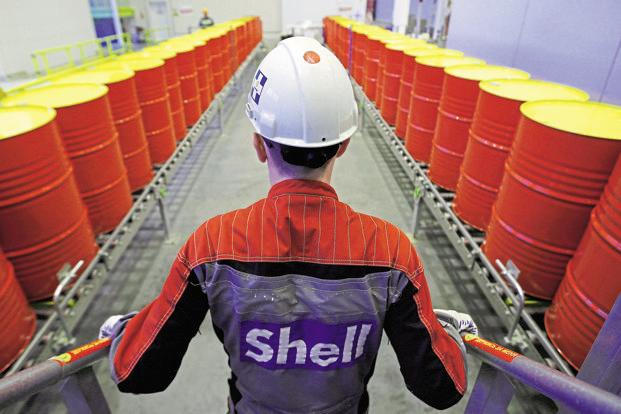
May 19
Shell says will expand investments in India
Royal Dutch Shell Plc. will be committing further investments in India after its February merger with BG Group Plc., a spokesperson for the oil and gas company said.Shell has so far invested around $1 billion in its India operations.A Shell India spokesperson said by email, “We have a long history in India and have consistently looked to expand our investments. I can assure that our overall approach towards investment in India remains positive.”
Shell is one of the few international oil companies in India present in the downstream and midstream segments. With BG Group’s assets in tow, Shell now partners Oil and Natural Gas Corp. Ltd (ONGC) and Reliance Industries Ltd (RIL).Shell holds a 30% interest in the mid and south Tapti gas fields and the Panna/Mukta oil fields, while ONGC holds a 40% stake and RIL 30%.
“No decisions will be taken about specific locations where BG had operations until we have a good understanding of their potential. We look forward to entering into a close dialogue with the government about the future of the operation, and any areas of uncertainty, as soon as we are in a position to speak with some authority,” Shell added in the emailed reply.
“It is a good time to be in India. It is the largest consumer market in all segments of energy and Shell is in a good position to gain significantly from the Indian market,”

May 20
Tata Power renewables unit wins two 50 MW projects in Karnataka
Tata Power Co. Ltd on Thursday said its unit Tata Power Renewable Energy Ltd (TPREL) has won two solar projects of 50 megawatt (MW) capacity each in Karnataka under the Jawaharlal Nehru National Solar Mission (JNNSM) at a tariff of Rs.4.79 per kilowatt-hour (kWh). The company has received a letter of intent to develop the two solar grid connected photovoltaic projects in Pavagada Solar Park in Tumkur district, Tata Power said in a BSE filing. In a reverse auction, the role of the buyer and seller is reversed and a business bid is won by quoting prices downwards. Solar tariffs first fell to a record low of Rs.4.63 per unit with SunEdison Inc.’s bid in November and fell to Rs.4.34 at a January e-auction conducted by NTPC. Indian banks are cautious about funding projects which offer low returns or look unviable, Mint reported on 15 April.
India launched the Jawaharlal Nehru National Solar Mission (JNNSM) in 2010 with the aim of adding 20,000MW or 20 gigawatt (GW) of grid-connected solar power to India’s energy mix by 2022 in three phases. That target was raised to 100 GW by 2022 by the National Democratic Alliance government in 2015.Under JNNSM, the government-provided solar parks offer project developers ready-to-use infrastructure, such as land and transmission facilities.
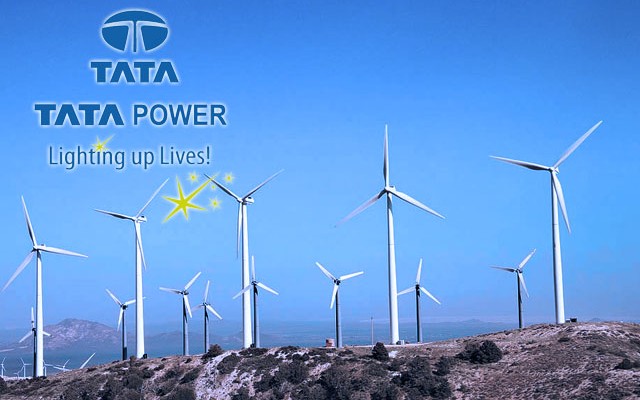
May 21
Tata Power acquires 30 MW wind farm in Maharashtra
NEW DELHI: Tata Power today announced it has completed the acquisition of 30 MW wind farm in Maharashtra. " Tata Power Renewable Energy Ltd (TPREL), a 100 per cent subsidiary of Tata Power...has completed acquisition of 100 per cent shareholding in Indo Rama Renewables Jath Ltd (IRRJL), which is a 100 per cent subsidiary of Indo Rama Renewables Limited (IRRL)," the company said in a statement.
IRRJL has a 30 MW operating wind farm in Sangli district of Maharashtra, it said. The wind farm, which is fully operational since July 2013, has a long-term power purchase agreement with Maharashtra State Electricity Distribution Ltd and is registered under the generation-based incentive scheme of Ministry of New and Renewable Energy. With this acquisition, Tata Power's total generation capacity now becomes 9,213 MW and current operating non-fossil based capacity at 1,704 MW.

May 23
Green energy’s moment under the sun
Although India is far from achieving its target of 175 gigawatts (GW) of renewable power by 2022, a series of steps taken by the National Democratic Alliance (NDA) government in the past year has set India on the path to a green economy in the next few years.India started moving towards green power when the Union cabinet in June 2015 scaled up the country’s targeted solar power capacity under the National Solar Mission fivefold to 100,000 megawatts (MW) 2022 from the earlier 20,000MW.
Later, in the run-up to the 2015 Paris Climate Agreement in December, India announced its Intended Nationally Determined Contributions (INDCs) to combat climate change ,where it promised to achieve 175GW of renewable power—100GW from solar, 60GW from wind, 10GW from bio-power and 5GW from small hydropower—by 2022.The huge target has attracted attention the world over. Piyush Goyal, minister for new and renewable energy, also made his intentions clear, saying that India will lead the world in clean energy rather than follow it.“With 21GW of grid-connected new solar projects out in the market, India has signalled to the world that we’re ready to lead,” Goyal said. “Definitely, the Indian government has taken some steps to move towards a greener economy including the enhanced solar mission,energy efficiency programmes and move to advance Bharat Stage VI emission norms (for vehicles) to April 2020 among others.
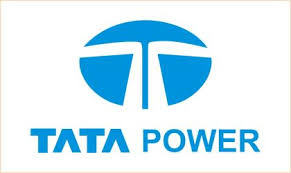
June 22
Tata Power's renewable bags 30 mw solar power project in Maharashtra
MUMBAI: Tata PowerBSE 0.48 % Company's arm, Tata Power Renewable Energy, has won a solar grid connected photovoltaic project of 30 mw in Maharashtra, the Tata group utility said in a statement Tuesday. The projects have been awarded under the Jawaharlal Nehru National Solar Mission (JNNSM) Phase-II Batch-III Tranche-1 under 'State Specific Bundling Scheme.'
Tata Power Renewable has received the letter of intent to develop the projects and will sign a 25 year power purchase agreement with NTPCBSE -0.33 % Vidyut Vyapar. "As a company, we will continue to grow our capacity through organic and inorganic means over the next few years to contribute to Tata Power's aggressive target of 20,000 MW of total capacity by 2025," said Rahul Shah, chief executive officer and executive director of Tata Power Renewable.

July 13
India first quarter oil demand grows at fastest pace in a decade.
India’s oil demand in the three months of the financial year that began 1 April grew at the fastest pace for any first quarter period in the past 10 years.The country consumed 48.5 million tons of oil products in the quarter, an increase of 7.8% from the same period a year ago, according to the oil ministry’s Petroleum Planning and Analysis Cell. That’s the fastest since the first quarter of the year ended March 2007, when growth was 8.4%. Diesel consumption expanded 4.7% to 20.1 million tons and gasoline use increased 10% to 5.9 million tons.
The International Energy Agency expects India to lead the world in oil demand and surpass Japan as the world’s third-largest oil user this year. It will be the fastest-growing crude consumer in the world through 2040, Paris-based IEA estimates, adding 6 million barrels a day of demand, compared with 4.8 million for China.“We have seen acceleration in India’s oil demand as income levels improve and with infrastructure building picking up pace,” said Richard Mallinson, a geopolitical analyst at Energy Aspects. India’s oil demand may grow by 400,000 barrels a day in 2016 and 2017 “faster than any other country,” he said.
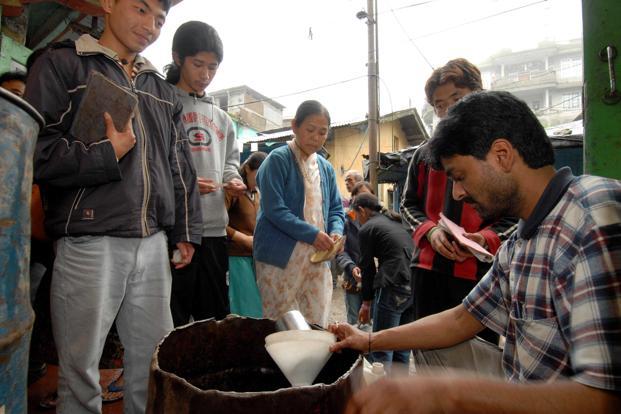
July 14
Govt allows oil companies to raise kerosene price by 25paise/month
The government has allowed state-owned oil companies to raise the price of kerosene by 25 paise a litre each month for 10 months to cut the subsidy burden.On 1 July, kerosene price was hiked by 25 paise a litre, the first increase in rate of the highly subsidised cooking and lighting fuel in five years.“Petroleum ministry has conveyed to oil marketing companies to raise kerosene price by 25 paise every month till April 2017,” a senior official said.
The first increase has been notified by the oil companies but the rates have so far no reflected in the price of kerosene sold through public distribution system (PDS). It will happen after state governments concur.Before the price hike, kerosene cost Rs14.96 a litre in Delhi. Its price was last raised by Rs2.64 a litre in June 2011. The previous increase happened in June 2010, when prices went up by Rs3.23 a litre.
Officials said PDS kerosene price of Rs14.96 a litre was at Rs13.12 discount to the fuel’s actual cost of production. Of the discount, the government bears Rs12 a litre and the rest of the bill is footed by upstream oil producers like ONGC.Kerosene accounted for 41.7% of the total petroleum subsidy of Rs27,571 crore in 2015-16.The previous UPA government had taken a similar approach of raising rates in small dosage of 50 paise a litre per month to completely eliminate subsidy on diesel.

August 04
SunEdison India sale said to draw Khazanah, Hindujas, Tata Power.
Hinduja Group, the industrial conglomerate controlled by four billionaire brothers, and Malaysian sovereign fund Khazanah Nasional Bhd are among parties vying for SunEdison Inc.’s Indian solar assets, people familiar with the matter said.The Indian projects have also drawn interest from Mumbai-based Tata Power Co. Ltd, domestic clean power developer Greenko Energies Pvt. Ltd and Singapore’s Sembcorp Industries Ltd, according to the people. A deal could value the operations at about $700 million including debt, the people said, asking not to be identified because the information is private.
SunEdison, which is credited with bringing Indian solar tariffs to a record low last year, bid aggressively to win contracts in the country during a $3.1 billion buying spree that left it overloaded with borrowings. The US clean-power giant filed for bankruptcy protection in April, listing $16.1 billion of liabilities.A representative for Hinduja didn’t immediately respond to emailed queries. SunEdison Asia-Pacific president Pashupathy Gopalan and spokesmen for Khazanah and Sembcorp Industries declined to comment. A representative for Greenko said founder Anil Kumar Chalamalasetty wasn’t immediately available to comment. Tata Power said in an emailed statement it is “evaluating various options to create shareholder value,” declining to comment further.
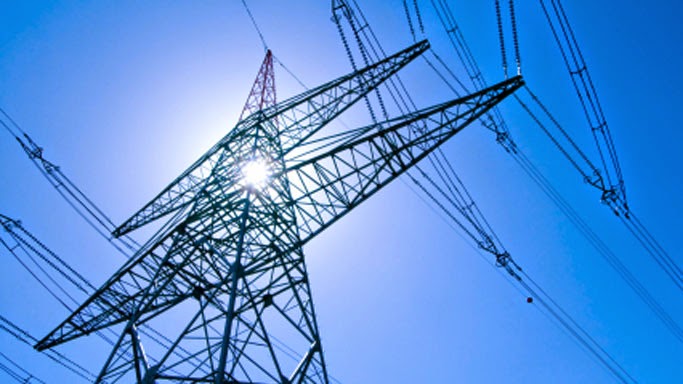
August 23
Discoms turn to smart meters to manage power demand in Delhi
Rising energy consumption in cities is making power distribution companies change the way they are doing business.Tata Power Delhi Distribution Ltd (TPDDL) is getting into solar power generation for large customers and installing smart meters for all its residential consumers as part of a plan to manage energy demand.
Tata Power, which distributes electricity in the north and north-west parts of the national capital region, will get 400 megawatt (MW) of solar power generated for its large customers over the next few years through partner companies. This is expected to lower consumption of price-regulated electricity.It is also in the process of finalizing bids for procuring smart meters for 1.5 million customers. It had earlier installed these devices for 170 of its industrial customers under a pilot study.
Smart meters will communicate with the distribution company on the consumption pattern and on details of the power supply, which will help in maintaining the quality of energy supply and in determining power bills based on consumption at different times of the day. Power consumption is usually high during the afternoon and at night.The government has set a target of generating 40 gigawatt (GW) of residential rooftop solar power capacity by 2022 as part of its renewable energy strategy.
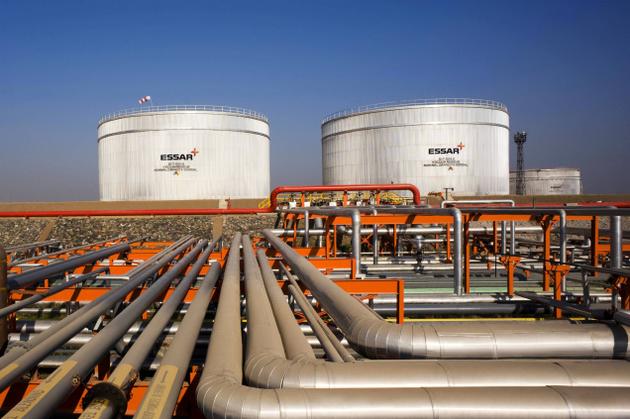
August 26
Power, port assets to be included in Essar-Rosneft deal
Two power assets and the Vadinar oil terminal owned by the Essar Group are also likely to be included in a deal the conglomerate is to close with OAS Rosneft, Russia’s largest energy company, according to two Essar Group officials.The officials, who spoke on condition of anonymity, added that the deal is likely to be announced late September or early October. Essar Oil did not reply to an email sent on Wednesday evening.
Rosneft is set to buy a 49% stake in Essar Oil, concluding a deal that has been in the works since July 2015. Rosneft chairman Igor Sechin, during his visit to India in March 2016, had confirmed that an understanding on the structure of the deal has been reached. The parties had intended to close the deal by the end of June 2016, but it is still in the works.On 15 July reported that Essar Oil is in talks with overseas oil trading companies such as Trafigura Group Pte, Glencore Plc and others to sell an additional 23.5% stake in the firm.
Essar Oil has 1,500 fuel outlets and is in the process of setting up another 1,400. It eventually plans to take this number up to 5,000, making it the largest private fuel retailer in India.The deal is important for the debt-laden Essar Group, which has been trying to monetize assets across its steel, power and refinery businesses. The group has a debt of $18 billion.
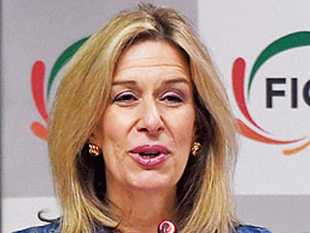
September 01
US to help india meet climate goals with coal: Elizabeth Sherwood-Rand
The US administration sees a big appointment of an energy official in its embassy in New Delhi, highlighting the importance and opportunities in the sector in India, Elizabeth Sherwood-Randall, Deputy Secretary in the US Department of Energy, said. In an interview with ET's Kaavya Chandrasekaran, she also said the US supports India's renewable energy drive, it also wanted to help India manage the use of coal so that it can meet its climate commitments. Edited excerpts
The broad contours of our cooperation in clean energy involve work on solar deployment, work on bio-fuels and work on building efficiency. Now, because of the agreement between Prime Minister Modi and President Obama last year, a new element of work has begun - on storage batteries and grid integration of renewables, which are crucial to the successful deployment of renewables on the scale that Prime Minister Modi envisions for India.
We are placing a department of energy officer in the US embassy in New Delhi to advance this cooperation. This is very special because we only have a few Department of Energy representatives around the world. The Department of Energy does not have a big diplomatic core, unlike the State Department. But we select countries where we really believe that having a presence on the ground can make a difference and we believe that in these times we have that opportunity in India.
&n



